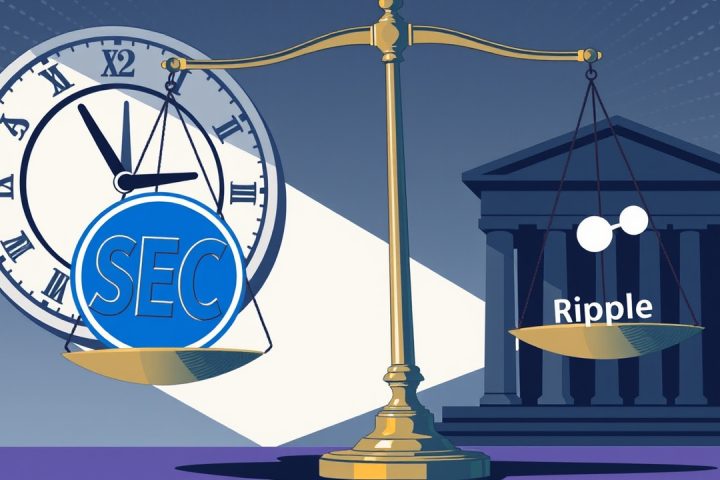Kraken Expands Operations in Europe
On August 12, Kraken, a prominent cryptocurrency exchange, announced its successful launch across all 30 countries within the European Economic Area (EEA), marking a significant advancement in its operations under the new Markets in Crypto-Assets Regulation (MiCA). This regulatory milestone allows Kraken to provide access to more than 450 types of digital assets and sophisticated institutional services, all while adhering to stringent European regulatory standards.
Unified Regulatory Framework
By operating under a MiCA license granted by the Central Bank of Ireland, Kraken is able to function under a unified regulatory framework that eliminates the need for individual approvals in different EEA nations. This comprehensive regulatory approach ensures that crypto-asset service providers comply with EU guidelines aimed at enhancing consumer protection, ensuring operational transparency, and enforcing oversight, thereby fostering a safer trading environment for users.
Expanding Customer Base
Kraken highlighted that the establishment of its services across Europe not only expands its secure cryptocurrency offerings but also enhances its customer base across the region, aiming to reach millions of potential users. The MiCA framework provides clients with assurances about the integrity of its operations, as it is considered one of the most rigorous regulatory environments in the crypto industry.
Additional Licenses and Market Impact
In addition to the MiCA license, Kraken possesses a Markets in Financial Instruments Directive (MiFID) license, which facilitates regulated derivatives trading, and an Electronic Money Institution (EMI) license that supports services related to fiat currencies and payments. Analysts in the crypto sector suggest that while the implementation of MiCA may introduce higher compliance costs and operational hurdles, it could also play a vital role in legitimizing the crypto market, boosting investor trust, and providing an edge to exchanges that can successfully navigate these new regulatory landscapes.




